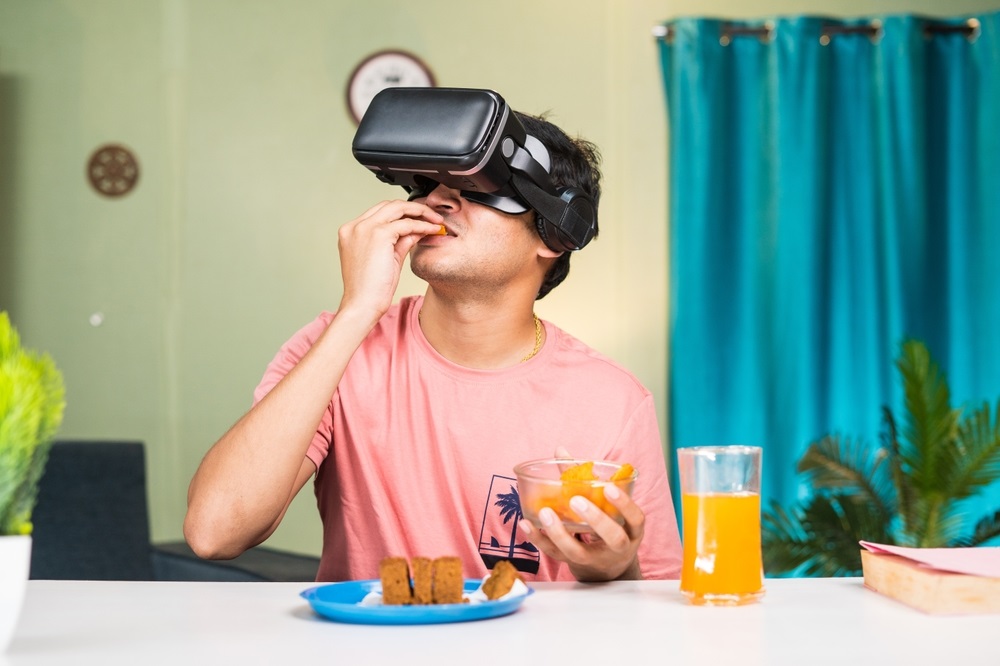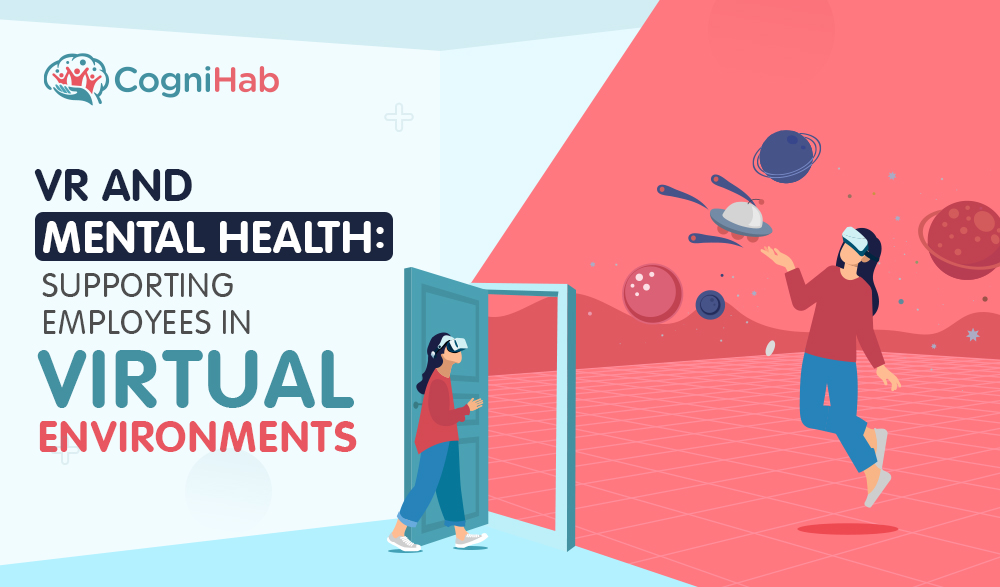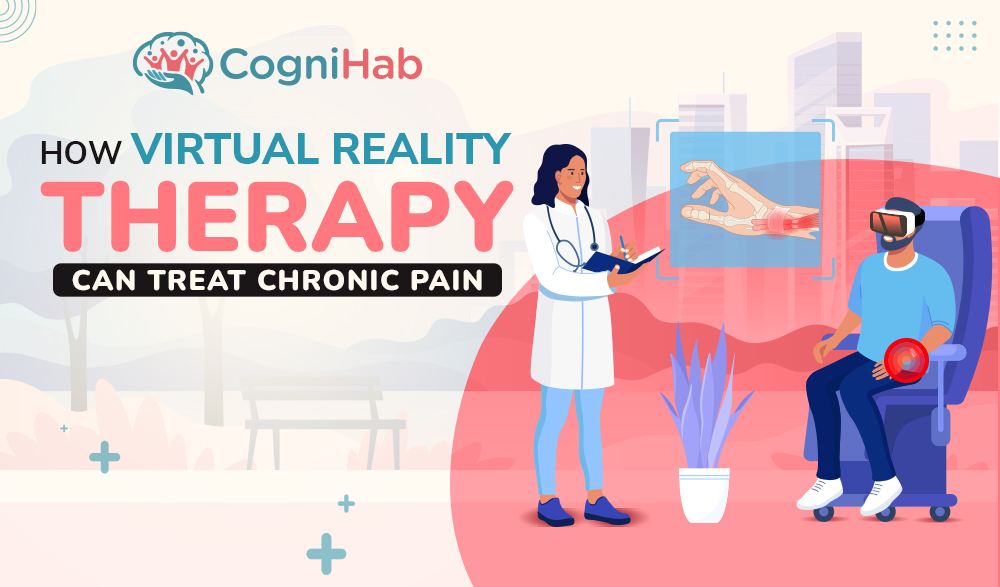5 Inventive Examples of Augmented Reality in Healthcare
Only a century ago, Influenza flu was an incurable disease. The speedy progress of medical science and technology found a cure in the 1940s, that is, within 20 years. The seemingly incredible rate of growth of science continued without any notable obstacles.
Healthcare procedures and mechanisms had many upgrades and modifications since then. From MRI to laser surgeries and from active bionic prosthetics, to the artificial heart. Another remarkable achievement of the applied sciences was the incorporation of augmented reality in healthcare education.
Augmented reality is a technology that joins a computer-simulated image on a user’s view of the real world, thus rendering a merged perspective. Augmented reality is now extensively used around the world in the healthcare sector for implementation, which comprises surgical visualization, vein visualization, etc.
With the recent advancement in hardware and software systems, the effective cause of augmented reality has diminished. This has considerably refined the experience for users and developers.
Augmented Reality in Healthcare Industry
Lately, with the evolution of augmented reality, it has been cost-competitive and easy to use. So, quite a few companies in the healthcare sector are considering its use as a high-priority instrument in physical and psychological therapy, communication, education, etc.
Through innovation, new therapies such as virtual reality exposure therapy (VRET) are developed by the union of the virtual and physical realms. Augmented reality frames teeming, synergistic occurrences that simulate the interaction of drugs within the body.
By the use of this cutting-edge technology, companies can give their field personnel a more convincing model of engaging healthcare professionals.
The healthcare industry effectively uses Augmented Reality, to explain the state of a disease or to explain a treatment method. This then effectively contributes towards customer engagement and education.
Even though augmented reality uses classy technologies, it is user-friendly. The augmented reality applications are handy from regular devices such as mobile phones, iPads, and laptops.
They manage to combine inferred and approachable awareness to simulate an experience. According to industry analysts, a significant rise is expected in the global augmented reality market. Augmented reality is now used in areas such as doctor and patient education, surgical visualizations, and disease simulation to improve treatments.
Augmented reality also helps in the creation of learning preservation. It provides multiple views for doctors and patients, by presenting complex ideas in interactive formats. Augmented reality in the healthcare industry has been there for quite a while now. This technology has had a noble impact in the launch of new products in the healthcare sector.
With time, more complex healing therapies and combined medical devices are on the market. These inventions tend to involve complicated science or specified administrative procedures.
Augmented and virtual reality provides a visual gain when introducing them to doctors and patients. It is also expanding in the area of clinical pharmacology, to virtually study a drug’s mechanisms of action and drug interaction.
Learn more: How Helpful Virtual Reality in Dental Services?
This not only saves time and resources but also prevents production delays.
Augmented Reality in Healthcare
Augmented reality is one of the most promising digital healthcare technologies in recent times. It has the potential to redefine healthcare. Here are a few examples
1. An advanced Operation Room
Precision is the most crucial factor in surgery. Now, augmented reality-assisted surgery can help surgeons to achieve that accuracy in the operation room. This technology can be of help in locating a tumor in the kidney and also during minimally invasive surgery.
2. Effective vein detection
Statistics suggest that more than 38% of intravenous injections miss the veins on the first attempt. The figures get worse for children and the elderly. Hand-held scanners use augmented reality to project an image over-screen to show, where the veins lie in a patient's body to the doctors and nurses. Thus, augmented reality noticeably enhances professional healthcare skills.
3. Facilitates Innovative Drug Information
Augmented reality allows pharmaceutical companies to provide a more efficient way to convey drug information and drug mechanisms. This technology enables a patient to observe how a drug works in our body in three-dimension. It even helps laboratory technicians to track various experiments, using specialized equipment.
4. Productive Patient-Doctor Interaction
Observations show, that the presence of a doctor, often scares a patient, for which they hesitate while describing their symptoms. Patients tend to exaggerate or undermine their medical situation.
The use of augmented reality, helps a patient to access a doctor from the comfort of their home if it is workable. This is one of the top reasons for using augmented reality in hospitals. This technology also helps doctors in the process of diagnosis.
5. Help In The Study Of Anatomy
Anatomy is one of the most complicated branches of medical science. The theoretical knowledge of anatomy is not enough to treat a patient. Thus, to ensure a smooth, crisp and practical learning procedure, hologram-based simulations, by using augmented reality are proving helpful.
Hence, augmented reality’s integration into healthcare education extensively, is proving worthwhile. It provides genuine experiences that possess low risks, is cost-effective, and allows efficient training with real-time feedback and assistance from the instructors. It ensures better results in the education of the required skills.
Cognihab is utilizing the powerful educational potential of augmented reality to recreate virtual training conditions in real circumstances. Cognihab’s next-generation AR-based solution will assist students to acquire all these qualities by providing an opportunity to learn techniques that can enhance their ability and professionalism.







